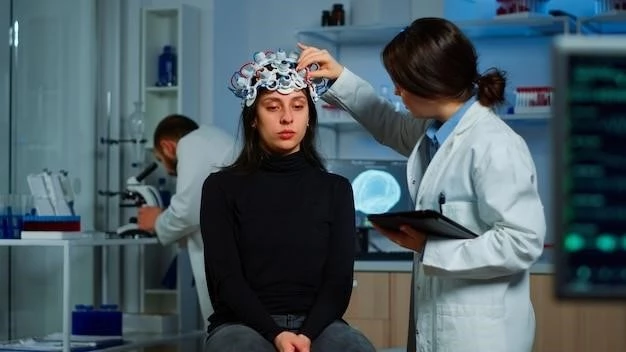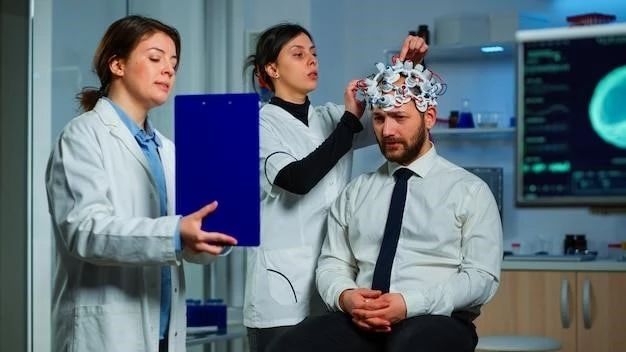Overview of Neural Tube Defects (NTDs)
Neural tube defects (NTDs) are serious congenital deformities of the nervous system that occur due to abnormal neural tube closures. Factors like genetics and environment play a role in their etiology.
Definition and Etiology
Neural tube defects (NTDs) are congenital deformities of the nervous system resulting from abnormal neural tube closures during embryonic development. The etiology of NTDs involves a complex interplay of genetic and non-genetic factors, highlighting the role of gene-gene and gene-environment interactions in the manifestation and recurrence of these defects.

Prevalence and Impact of Neural Tube Defects
The global prevalence of neural tube defects (NTDs) points to them being a significant public health concern due to their impact on morbidity and mortality rates. Advances in technology have improved prenatal diagnosis and affected the reliability of birth prevalence rates.
Global Statistics
Neural tube defects (NTDs) are a significant global health challenge, affecting nearly 300٫000 individuals annually worldwide. These defects contribute to substantial morbidity and mortality rates٫ with approximately 71٫000 deaths attributed to NTDs in 2010. While the exact prevalence in low-income countries remains unclear٫ advancements in prenatal diagnosis have rendered traditional birth prevalence rates less reliable in capturing the true burden of NTDs.
Genetic Factors in Neural Tube Defects
Genetic and non-genetic factors interact to contribute to the etiology of neural tube defects, with gene-gene and gene-environment interactions playing crucial roles in the manifestation and recurrence risk of these defects.
Role of X-Linked Inheritance
X-linked inheritance patterns have been associated with neural tube defects (NTDs), with specific studies highlighting familial cases where brothers and sons have been affected, suggesting the involvement of X-linked genetic factors in the transmission and expression of NTDs within certain populations.
Clinical Features and Diagnosis
Clinical presentation of neural tube defects includes a range of symptoms related to the central nervous system anomalies arising from incomplete neural tube closure during embryonic development. Diagnosis often involves imaging studies and clinical evaluation to assess the extent of the defect.
Symptoms and Presentation
The clinical presentation of neural tube defects (NTDs) includes a spectrum of symptoms related to central nervous system anomalies resulting from incomplete closure of the neural tube during embryonic development. Individuals affected by NTDs may exhibit varying degrees of spinal cord or brain abnormalities, leading to motor and sensory impairments, intellectual disabilities, and in severe cases, paralysis or hydrocephalus. Diagnosis typically involves imaging studies such as ultrasound or MRI, along with a thorough clinical evaluation to assess the specific features and impact of the defect.
Prevention and Management Strategies
Ensuring adequate folic acid intake before and during pregnancy is crucial in reducing the risk of neural tube defects. Supplementation and fortified foods play a key role in preventing these congenital anomalies.
Importance of Folic Acid Supplementation
Folic acid supplementation holds a critical role in preventing neural tube defects (NTDs), emphasizing the significance of adequate folate intake before and during pregnancy to reduce the risk of these congenital anomalies. Both supplements and folic acid-fortified foods are pivotal in mitigating the occurrence of NTDs.
Recent research in the field of neural tube defects (NTDs) is focused on understanding the genetic basis, exploring X-linked inheritance patterns, and investigating novel prevention strategies, showcasing ongoing efforts to enhance diagnostic methods and management approaches for individuals at risk of NTDs.
Research and Advances in the Field
Recent studies have investigated the genetic underpinnings and potential breakthroughs in understanding the role of X-linked inheritance in neural tube defects. This ongoing research aims to advance diagnostic accuracy and treatment strategies for individuals affected by these conditions.

Future Directions and Challenges in Addressing Neural Tube Defects
The future outlook for addressing neural tube defects (NTDs) entails continuing research into understanding the genetic mechanisms, including X-linked inheritance, and exploring innovative approaches for prevention and management. Challenges lie in further uncovering the complexity of NTDs and ensuring effective interventions to reduce their global burden.
